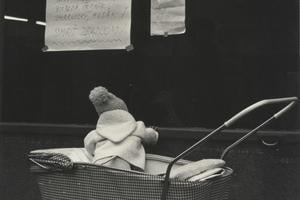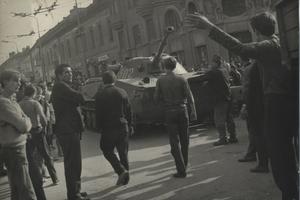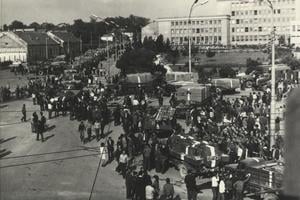Soviet troops occupied the territory of former communist Czechoslovakia for 23 years following the invasion by the Warsaw Pact troops in the summer of 1968.
They invaded Czechoslovakia to stop the communism reform process, known as the “Prague Spring”, initiated by Czechoslovak communist leader Alexander Dubček.They invaded Czechoslovakia to stop the communism reform process, known as the “Prague Spring”, initiated by Czechoslovak communist leader Alexander Dubček.
The USSR called the invasion an act of “fraternal assistance”.
“The 23-year ‘temporary’ stay held us hostage behind the Iron Curtain — and it taught us that turning a blind eye to aggression dooms entire generations,” President Zuzana Čaputová tweeted on June 21.
On Facebook she expressed hope that the day would come when the last Russian soldier would leave Ukraine.
August 21, when the occupation began in Czechoslovakia, is a red-letter day in Slovakia, honouring victims of the occupation. Slovakia also marks June 21, the day when the last Soviet transport left Czechoslovakia in 1991.
“The two days define 23 years of the occupation of Czechoslovakia,” MPs wrote in their 2020 proposal in efforts to amend the law on state holidays and other special days.
The change was approved on November 3 of the same year.
“Fraternal assistance”
The National Assembly, the Czechoslovak parliament in Prague, approved an agreement legalising the stay of Soviet troops on October 18, 1968. The agreement was backed by 228 lawmakers, 10 lawmakers abstaining, and four lawmakers (František Kriegel, František, Vodsloň, Gertruda Sekaninová-Čakrtová, Božena Fuková) voting against it.
Leading up to the invasion, the conflict between conservative and reformist communists had ignited in Czechoslovakia due to Dubček’s political reforms, seen by the conservative faction as a counterrevolution. The anti-reformist Czechoslovak wing and the Soviet leadership later wrote an “invitation letter”, in which they would ask Moscow for “help”, serving as a pretext for the military operation.
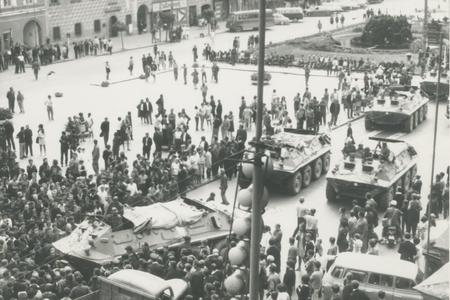
There was no military resistance. The invasion took the people in Czechoslovakia by surprise, and they tried to tell the occupiers that there was no counterrevolution happening.
In the first six months of the invasion, 108 people were reported to have died across the country.
Last Soviet military transport
Although the occupation was launched by the Warsaw Pact troops (Bulgaria, Hungary, Poland, the Soviet Union, and East Germany), the armies of these countries, except the Soviet Union, left after two months. The Soviets remained until the early nineties.
The Soviet army was based in 227 places. When the army eventually left, most of those sites were environmentally destroyed. In fact, the troops did just damage 12 areas.
The occupation officially ended by an agreement signed by the foreign ministers of both countries on February 26, 1990, in the Kremlin. But the departure of the Soviet troops took more than a year and was carried out in three stages.
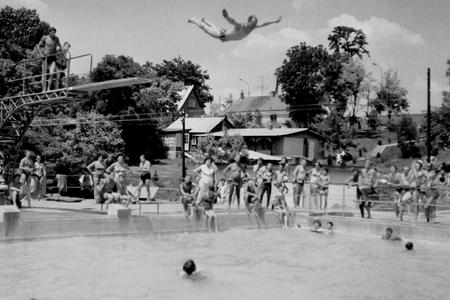
The last Soviet transport left the Milovice military area, now the Czech Republic, on June 19, 1991, and it crossed the eastern border of what is today Slovakia on June 21.
Last Soviet commander
In 16 months, 925 transports, 73,500 Soviet commanders and soldiers, almost 40,000 family relatives, 1,220 tanks, 2,500 armoured vehicles, more than a hundred planes, 200 helicopters and 95,000 tons of ammunition left Czechoslovakia.
The removal of the Soviet occupiers came to an end, formally, on June 25 when a protocol was signed. Two days later, the last member of the Soviet army left Czechoslovakia.
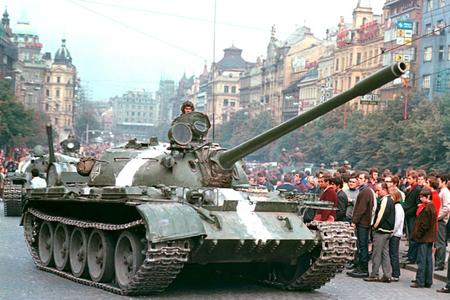
“Soviet General Eduard Vorobyov, the commissioner for the removal of Soviet troops from Czechoslovakia, flew today from Prague-Kbely military airport to Kyiv,” Czechoslovak Public Radio announced on June 27.



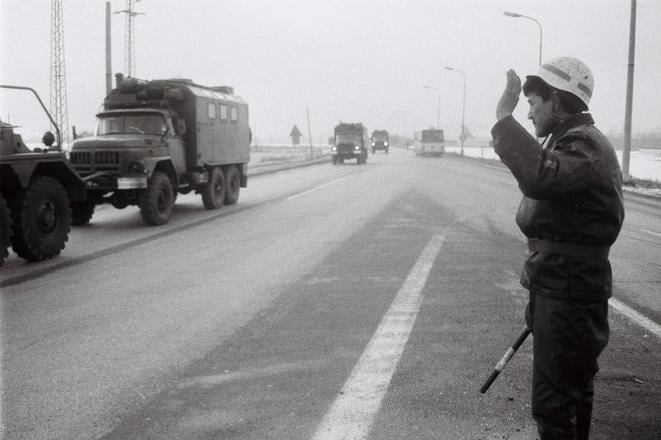 The last Soviet military transport left Czechoslovakia on June 21, 1991. (source: TASR)
The last Soviet military transport left Czechoslovakia on June 21, 1991. (source: TASR)
